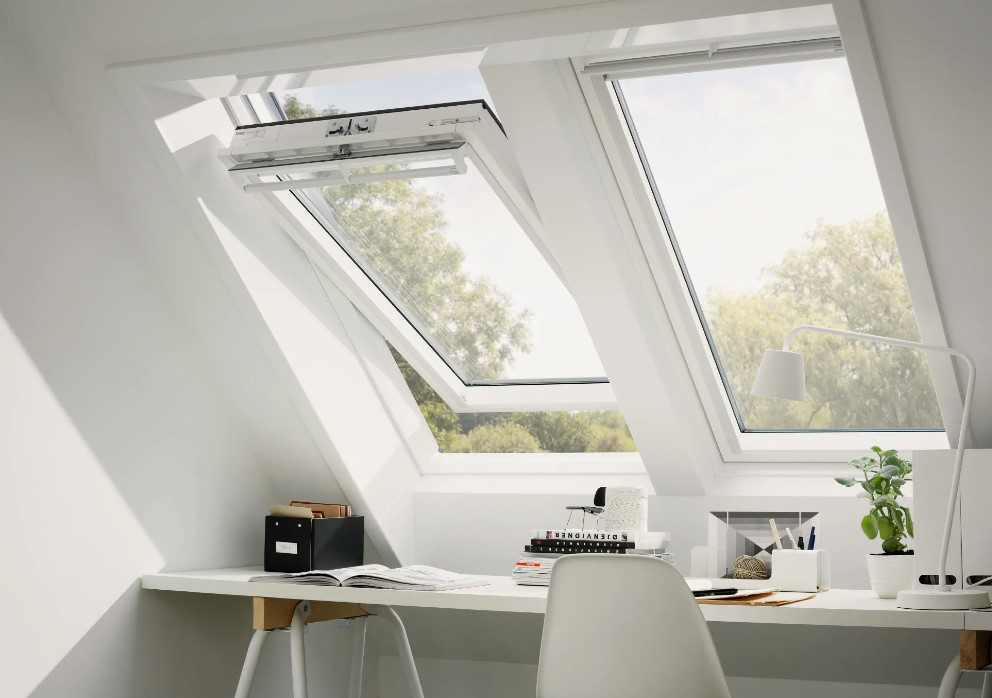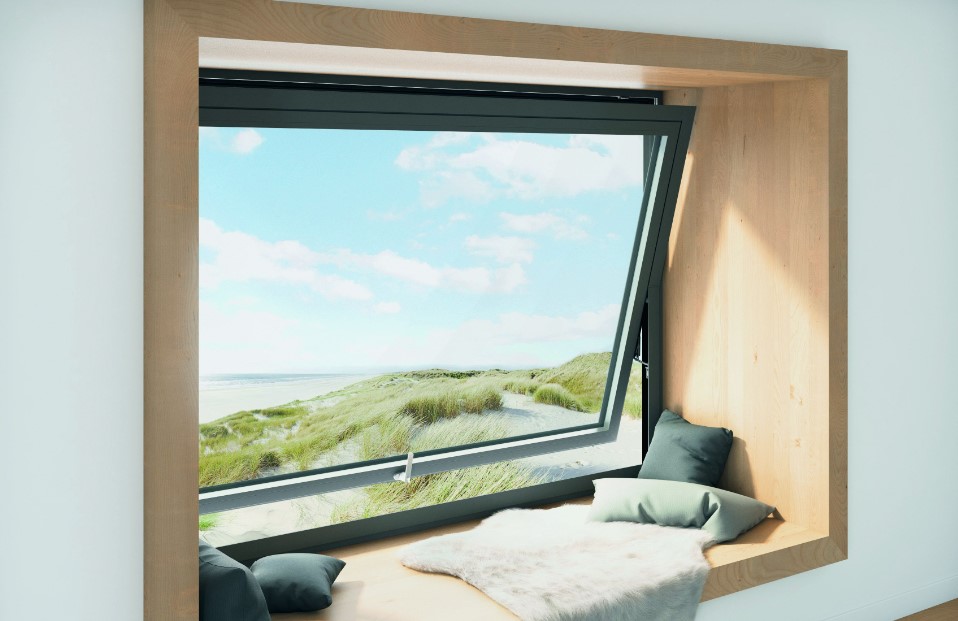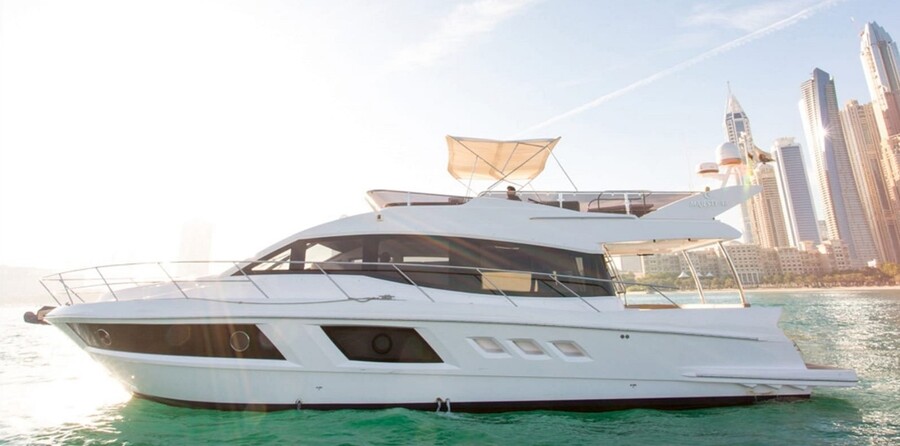In an increasingly unpredictable world, the importance of securing our homes and workplaces cannot be overstated. While traditional security measures such as alarms, surveillance cameras, and even a home safebox play a crucial role, they may not always be sufficient, especially in areas prone to higher risks. This is where armored windows come into play. These specially designed, translucent structures offer unparalleled protection against a wide array of threats, ensuring the safety of both people and valuable assets inside a building, much like a home safebox safeguards personal valuables.
Understanding Armored Windows
Armored windows, also known as protective or bullet-resistant windows, are much more than just reinforced glass panes. They are intricate systems that combine high-strength materials and advanced engineering to withstand substantial forces, from physical impacts to explosive blasts. Unlike standard windows, which are primarily designed for aesthetic appeal and basic weather protection, armored windows are built to resist deliberate attacks, accidental damage, and even natural disasters.
The Concept of Armored Windows
At their core, armored windows are designed to be a formidable barrier against external threats. This is achieved through the use of multiple layers of materials that work together to absorb and dissipate energy from impacts. The key components of an armored window include:
Armored Glass
This is typically a laminated glass made up of multiple layers of glass and interlayers of polyvinyl butyral (PVB) or ethylene-vinyl acetate (EVA). The combination of these layers creates a transparent barrier that can withstand impacts from bullets, shrapnel, and other high-velocity objects. Depending on the level of protection required, the glass can vary in thickness and composition.

Reinforced Frames
The frame that holds the armored glass in place is equally important. Made from robust materials such as steel, aluminum, or titanium, these frames are designed to endure the same level of force as the glass itself. The frames must maintain their integrity under pressure to prevent the glass from being dislodged or shattered.
Enhanced Seals and Hinges
The seals and hinges used in armored windows are reinforced to ensure that the entire system remains secure, even under extreme conditions. These components must resist tampering, corrosion, and wear over time to maintain the window’s protective qualities.
Why Armored Windows Are Essential
In regions where crime rates are high or where natural disasters pose a significant threat, standard window systems may fail to provide adequate protection. Armored windows offer a solution that not only enhances security but also adds value in terms of durability, energy efficiency, and overall building integrity.
Security Against Forced Entry and Vandalism
One of the primary reasons for installing armored windows is to protect against forced entry and vandalism. Traditional windows, even those marketed as “burglar-proof,” may only offer minimal resistance to determined intruders. Armored windows, on the other hand, are designed to withstand direct attacks using tools, firearms, and other methods that criminals might employ.
- Burglar Resistance: The thick, laminated glass used in armored windows is extremely difficult to break through. Even after repeated attempts to smash or cut the glass, the interlayers hold the fragments together, preventing an intruder from gaining entry.
- Vandalism Protection: Armored windows also protect against vandalism, such as thrown objects or graffiti. The durable glass is resistant to scratches and impacts, ensuring that the windows remain clear and intact even in harsh urban environments.
Protection Against Explosions and Ballistics
Armored windows are not only resistant to physical attacks but are also engineered to withstand the forces generated by explosions and ballistic impacts. This makes them an essential feature in buildings that may be at risk of terrorist attacks, industrial accidents, or other high-impact events.
- Blast Resistance: The multi-layered construction of armored glass allows it to absorb and dissipate the energy from blast waves. This reduces the likelihood of the glass shattering inward and causing injury to occupants. In buildings where the risk of explosions is a concern, such as government facilities or industrial sites, blast-resistant windows are a critical safety measure.
- Bullet Resistance: Depending on the level of protection required, armored windows can be designed to stop bullets from handguns, rifles, and even armor-piercing rounds. The thickness and composition of the glass are tailored to meet specific ballistic resistance standards, ensuring that the windows provide a reliable barrier against firearms.
Fire and Thermal Protection
In addition to their security benefits, armored windows offer significant advantages in terms of fire resistance and thermal insulation. The materials used in their construction are selected not only for their strength but also for their ability to withstand extreme temperatures and slow the spread of fire.
- Fire Resistance: The metal frames of armored windows are inherently resistant to fire, as they do not melt or deform easily under high heat. This helps contain fires within a specific area, preventing them from spreading to other parts of the building. The laminated glass also contributes to fire resistance by maintaining its integrity and reducing the risk of cracks or shattering due to thermal stress.
- Thermal Insulation: Armored windows are often thicker than standard windows, which enhances their thermal insulation properties. This means that they can help maintain a stable indoor temperature, reducing the need for heating and cooling systems and improving the building’s overall energy efficiency. In addition to keeping the heat in during the winter and out during the summer, these windows also provide excellent noise insulation, making them ideal for urban environments.

Versatility and Aesthetic Options
While the primary function of armored windows is protection, they do not have to compromise on aesthetics. Modern armored windows are available in a variety of styles, finishes, and configurations, allowing them to blend seamlessly with the architectural design of any building.
- Customization: Armored windows can be customized to match the design and functionality of conventional windows. They come in different styles, such as casement, sliding, and tilt-and-turn, and can be finished with various coatings and colrs to suit the aesthetic preferences of the property owner.
- Specialized Glass: In addition to providing security, the glass used in armored windows can be treated with special coatings that offer additional benefits. For example, some types of glass are designed to reflect infrared radiation, reducing heat buildup inside the building, while others can absorb ultraviolet radiation, protecting furnishings from fading. Optical protection features, such as privacy glass that distorts the view from the outside, can also be incorporated into the design.
The Drawbacks of Armored Windows
While the advantages of armored windows are numerous, they are not without their challenges. Potential buyers should be aware of the following drawbacks:
Cost Considerations
The materials and manufacturing processes involved in producing armored windows are inherently more expensive than those used for standard windows. This is reflected in the higher upfront costs, as well as in the expenses associated with installation and maintenance.
- High Initial Investment: The cost of armored windows can be prohibitive for some budgets. This is particularly true for large buildings or projects where multiple windows are required. However, the long-term benefits in terms of security, durability, and energy efficiency can often justify the initial investment.
- Maintenance and Repair Costs: Armored windows are built to last, but they still require regular maintenance to ensure their continued effectiveness. In the event of damage, such as a cracked or shattered pane, repairs can be costly and time-consuming, as the entire glass unit may need to be replaced.
Weight and Structural Load
The additional weight of armored windows is another important consideration, particularly in older buildings or structures with limited load-bearing capacity.
– Increased Structural Load: Armored glass and metal frames are significantly heavier than standard window components. This added weight can place additional stress on the window openings, frames, and supporting structures, potentially leading to structural issues over time. In some cases, buildings may require reinforcement to accommodate the installation of armored windows.
– Suitability for Different Building Types: The heavy weight of armored windows may make them unsuitable for certain types of buildings, such as older homes, small balconies, or lightly constructed structures like gazebos and verandas. In these cases, alternative solutions, such as security films or reinforced shutters, may be considered.
Applications of Armored Windows
Armored windows are used in a wide range of applications, from residential properties to commercial buildings and high-security facilities. Their versatility and effectiveness make them an ideal choice for anyone seeking to enhance the security and durability of their property.
Residential Use
In residential settings, armored windows are commonly installed on ground floors and other vulnerable areas of the home. They provide peace of mind by protecting against break-ins, vandalism, and accidental damage, while also offering the added benefits of fire resistance and thermal insulation.
Ground Floor Windows: The ground floor of a home is often the most vulnerable to forced entry, making it the ideal location for armored windows. These windows can also be used in basements, where they provide an additional layer of protection against flooding and other environmental hazards.
High-Risk Areas: In areas prone to natural disasters, such as hurricanes or tornadoes, armored windows can protect against flying debris and other hazards. They are also suitable for homes located in high-crime neighborhoods or near busy streets, where the risk of vandalism or accidental damage is higher.
Luxury Homes and Penthouses: For luxury homes and penthouses, armored windows offer a high level of security without compromising on style. Customizable designs and finishes allow these windows to blend seamlessly with the overall aesthetic of the property, providing both protection and visual appeal.
Commercial and Industrial Use
In commercial and industrial settings, armored windows are often used to protect valuable assets, sensitive information, and critical infrastructure. They are a common feature in banks, government buildings, data centers, and other high-security facilities.
Government and Military Buildings: Armored windows are a standard feature in government and military buildings, where they provide protection against a range of threats, including terrorism, espionage, and sabotage. These windows are designed to withstand both ballistic and explosive impacts, ensuring the safety of personnel and sensitive information.
Banks and Financial Institutions: In banks and financial institutions, armored windows protect against robbery, vandalism, and other security threats. They are often installed in teller windows, vaults, and other high-risk areas, where they provide a barrier between employees and potential attackers.
Data Centers and Critical Infrastructure: Armored windows are also used in data centers and other critical infrastructure facilities, where they protect against both physical and cyber threats. By securing these facilities, armored windows help to ensure the continuity of essential services and the protection of sensitive data.
Public and Commercial Buildings
In addition to their use in high-security facilities, armored windows are also becoming increasingly popular in public and commercial buildings, such as airports, hospitals, and schools. These buildings often face a wide range of security challenges, from potential terrorist attacks to everyday accidents, and armored windows offer a reliable solution to these challenges.
Airports: In airports, armored windows provide protection against a variety of threats, including terrorist attacks, accidents, and environmental hazards. They are commonly used in control towers, terminal buildings, and other critical areas, where they help to ensure the safety of passengers and staff.
Hospitals and Schools: Hospitals and schools are often targeted by criminals, vandals, and other malicious actors. Armored windows provide an additional layer of security, protecting both patients and students from harm. In the event of an emergency, such as a fire or active shooter situation, these windows can also help to contain the threat and prevent it from spreading to other areas of the building.
Conclusion
Armored windows are an essential component of modern security systems, offering a level of protection that goes far beyond that of traditional window systems. Whether used in residential, commercial, or high-security settings, these windows provide peace of mind by protecting against a wide range of threats, from forced entry and vandalism to explosions and ballistic impacts.
While the initial cost and installation challenges may be higher than those associated with standard windows, the long-term benefits of armored windows in terms of security, durability, and energy efficiency make them a worthwhile investment for anyone seeking to enhance the safety and value of their property. With their versatility, customizable designs, and advanced engineering, armored windows are the ultimate solution for those who refuse to compromise on security.

Surfer, dreamer, record lover, Vignelli fan and growthhacker. Making at the sweet spot between simplicity and mathematics to create strong, lasting and remarkable design. German award-winning designer raised in Austria & currently living in New York City.






